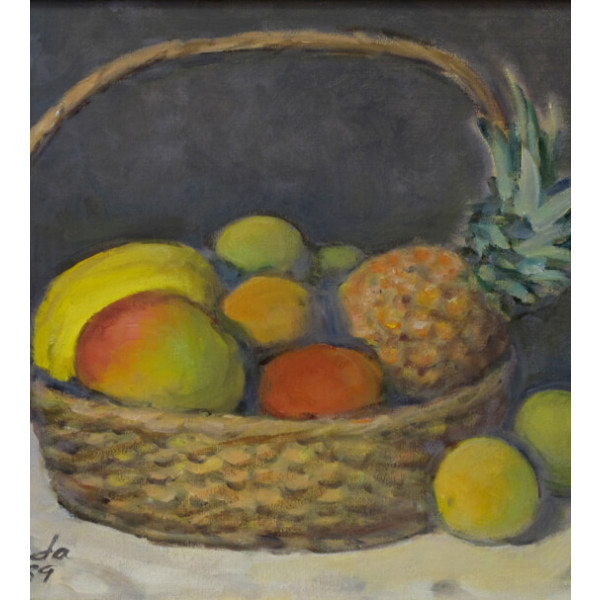Tomoo Handa (Utsunomiya, Japão, 1906 – Atibaia, SP, 1996) foi um pintor, professor e escritor nipo-brasileiro, cuja trajetória teve papel central na formação da identidade visual da comunidade japonesa no Brasil.
Imigrou com a família para o interior de São Paulo em 1917, estabelecendo-se primeiro em Porto Martins e depois em Botucatu, onde trabalhou na lavoura de café. Em 1921, mudou-se para a capital paulista, onde iniciou sua formação artística na Escola Profissional Masculina do Brás e, mais tarde, na Escola de Belas Artes de São Paulo, sob orientação de Paulo Vergueiro Lopes de Leão.
Em 1935, foi cofundador do Grupo Seibi (Seibi-kai), coletivo de artistas nipo-brasileiros dedicado à troca de experiências e ao estímulo de debates artísticos. O grupo teve papel fundamental na consolidação da arte nipo-brasileira, promovendo encontros e exposições que integravam artistas de diferentes gerações.
A obra de Handa é marcada por paisagens e retratos que refletem sua vivência no Brasil, especialmente cenas do cotidiano dos imigrantes japoneses. Utilizando principalmente óleo e aquarela, suas pinturas destacam-se pela elaboração cromática e pelo olhar atento à vegetação local.
Além de artista, Handa foi também autor do livro O imigrante japonês: história de sua vida no Brasil (1987), hoje uma referência nos estudos sobre imigração japonesa no Brasil.
Participou de importantes exposições, incluindo a 1ª Bienal Internacional de São Paulo (1951) e o 1º Salão de Arte Moderna de São Paulo (1952). Após seu falecimento, em 1996, foi realizada uma retrospectiva no Museu de Arte Nipo-Brasileira, em São Paulo, celebrando sua contribuição para a cultura visual nipo-brasileira.


